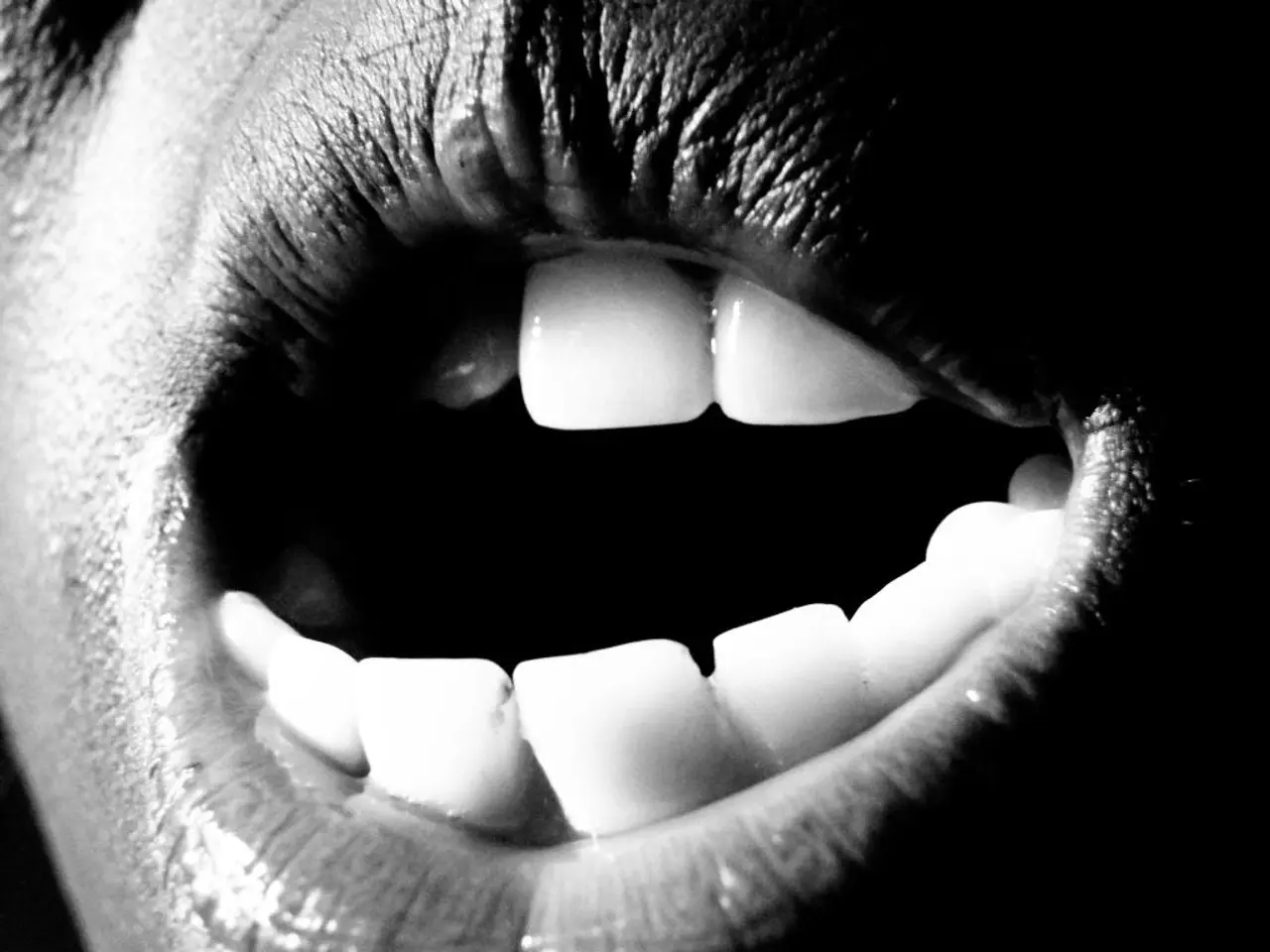Throat Swallowing Difficulties: Signs, Causes, and Solutions
Oropharyngeal dysphagia is a common condition that affects the ability to swallow food or drink, causing difficulties such as drooling, noisy breathing, coughing, choking, and a feeling of something stuck in the back of the throat. This condition can be caused by various factors, including neurologic, neuromuscular, or structural impairments.
Conditions that can lead to oropharyngeal dysphagia include stroke, Parkinson's disease, head injury, multiple sclerosis (MS), dementia, gastroesophageal reflux disease (GERD), amyotrophic lateral sclerosis (ALS), muscular dystrophy, head and neck tumors, cerebral palsy, hypotonia, and tonsilar hypertrophy. In older adults, healthcare professionals may miss a diagnosis of oropharyngeal dysphagia, which can lead to complications such as dehydration, malnutrition, and aspiration pneumonia.
Diagnosing oropharyngeal dysphagia can be challenging and may involve a medical history, feeding evaluation, endoscopy, barium swallow test, and other tests to rule out other causes for difficulty swallowing.
Treatment for oropharyngeal dysphagia aims to provide symptom relief and can include changes to a person's diet, focusing on posture, swallowing therapy, dental and oral care, and in some cases, the use of feeding tubes. Common treatment options include dysphagia rehabilitation exercises, dietary modifications, posture adjustments, oral-motor exercises, and in some cases, medical or surgical interventions.
Dysphagia rehabilitation exercises, such as Expiratory Muscle Strength Training (EMST), Shaker exercises, Chin Tuck Against Resistance (CTAR), and jaw opening exercises, improve swallowing muscle function, anterior hyoid movement, and laryngeal elevation, which are critical for effective swallowing. Occupational therapy interventions, including ensuring proper positioning, oral-motor exercises, techniques to manage tongue thrust, bite alignment strategies, and sensory integration approaches, help improve muscle control, coordination, and swallowing safety.
Dietary modifications, such as altering food and liquid textures to safer consistencies, reduce the risk of choking or aspiration and support better swallowing function. For cases related to underlying conditions like acid reflux, medications such as proton pump inhibitors (PPIs) can help reduce esophageal irritation that could affect swallowing. In some patients with anatomical abnormalities or muscle dysfunction, minimally invasive procedures such as endoscopic myotomy, diverticulectomy, or dilation can be performed to improve passage of food and reduce obstruction.
A multidisciplinary approach involving speech-language pathologists, occupational therapists, physicians, and sometimes surgeons typically yields the best outcomes in managing oropharyngeal dysphagia. It's important to note that the outlook for people with oropharyngeal dysphagia depends on the underlying cause.
Oral dysphagia is a subtype of oropharyngeal dysphagia and affects the mouth alone, while esophageal dysphagia, also called low dysphagia, impacts the esophagus and may require surgery to resolve. In 2017, it was noted that oropharyngeal dysphagia affects over 30% of those who have had a cerebrovascular accident, 52-82% of those with a neurogenerative condition, more than 35% of those with a head or neck condition, and over 60% of older adults in nursing homes.
References:
- Logemann JA, et al. Clinical Management of Swallowing Disorders. 2nd ed. Lippincott Williams & Wilkins; 2008.
- American Speech-Language-Hearing Association. Swallowing Disorders: Assessment and Management. 2016.
- Rosenbek JC, et al. Practice Parameters for the Management of Adult Patients with Pharyngeal Dysphagia. Dysphagia. 2001;16(4):193-204.
- Chung JW, et al. Current Concepts in the Management of Oropharyngeal Dysphagia. Otolaryngol Clin North Am. 2017;50(1):19-34.
- American Academy of Otolaryngology–Head and Neck Surgery Foundation. Clinical Practice Guideline: Diagnosis and Management of Gastroesophageal Reflux Disease and Laryngopharyngeal Reflux. 2013.
- Oropharyngeal dysphagia can be caused by a variety of neurological disorders, such as stroke, Parkinson's disease, and multiple sclerosis (MS), in addition to other medical-conditions like gastroesophageal reflux disease (GERD) and head and neck tumors.
- In the field of science, healing and health-and-wellness, treating oropharyngeal dysphagia may involve neurological interventions, focus on fitness-and-exercise for posture improvement, dentistry for dental and oral care, and neurologists might collaborate with speech-language pathologists, occupational therapists, and physicians, if needed.
- The multidisciplinary approach to treating oropharyngeal dysphagia often includes the application of dysphagia rehabilitation exercises, such as EMST, Shaker exercises, CTAR, and jaw opening exercises, which help enhance swallowing muscle function, promoting a healthy lifestyle.
- One can diminish the risk of choking or aspiration related to oropharyngeal dysphagia by addressing underlying conditions, like acid reflux, through medications like proton pump inhibitors (PPIs), and by modifying food and liquid textures to safer consistencies as a part of the diet in the realm of medical-conditions and nutritional science.
- Diagnosing oropharyngeal dysphagia is often intricate, involving a comprehensive medical history, feeding evaluation, endoscopic, barium swallow tests, and other examinations to rule out other health-and-wellness issues.
- The outlook for people with oropharyngeal dysphagia can vary depending on the specific underlying disorder; for instance, it seems that over 30% of individuals who have experienced a cerebrovascular accident may suffer from oropharyngeal dysphagia.
- Mentioning other subtypes of dysphagia, oral dysphagia affects the mouth alone, while esophageal dysphagia, or low dysphagia, targets the esophagus and might necessitate surgical intervention to resolve.




